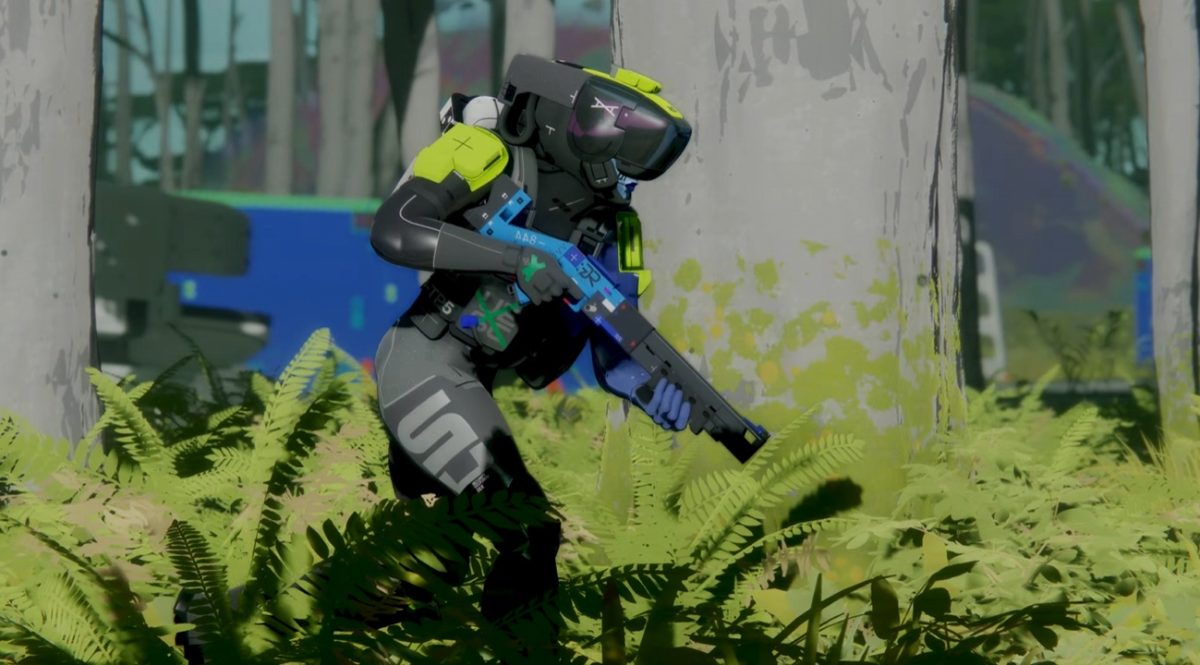Few artists could find a seamless way to connect items like polaroids, seagulls and pen clicks. In 2014, music industry topliner Taylor Swift did just that while transforming her career into an eclectic, synth-infused pop masterclass with the release of “1989.” Before the release of the Grammy-award-winning record, Swift flirted with unique, distinct genres as she began to progress into a fully-fledged pop star (songs like “We Are Never Ever Getting Back Together” and “22” from her previous album tested the pop waters with her loyal country audience). Nine years to the day of the original release of “1989,” Swift has taken back her iconic record with “1989 (Taylor’s Version).”
When Swift first announced that her first six albums would be re-recorded in 2019 to gain ownership of her master recordings, doubt and disbelief shrouded the minds of music critics, fans and other artists in the field. After receiving encouragement to re-record her material from fellow pop music professional Kelly Clarkson, Swift turned the “Taylor’s Version” project into a musical marvel that had never been seen before. Beginning with the release of “Fearless (Taylor’s Version)” in 2021, Swift’s re-recording project blasted her into super-stardom similar to what she had achieved in 2014, when “1989” took her name to the top of the charts three separate times with “Shake it Off,” “Blank Space” and “Bad Blood.” It was no doubt that Swift had massive shoes to fill with “1989 (Taylor’s Version).” After a highly anticipated four-year wait, Swift’s second attempt at “1989” is unfortunately a bit underwhelming in some areas but excels in others.
Without a doubt, it’s difficult to recreate the magic of the original “1989” album due to all its iconic riffs, details and sing-along moments, but Swift has proven that she can make magic happen twice with her previous, highly acclaimed re-records like “Red (Taylor’s Version)” and “Speak Now (Taylor’s Version).” Swift’s second iteration of “1989” can fall a bit flat in areas where it needs to succeed but soars the record to new heights in unexpected areas as well. In terms of the hits, Swift struggles to copycat iconic songs like “Blank Space” and “Style.”
“Style (Taylor’s Version)” adopts some new changes to the song that makes for a less lively and entertaining listen in comparison to the original, such as replacing the iconic guitar-riff intro with a tinny, cover band-esque iteration that doesn’t evoke the same feeling as the original. Similar situations exist in “Blank Space (Taylor’s Version),” especially with the demotion of the iconic pen click sound effect that exists with the original, as the new iteration is significantly less crisp and noticeable.
Not all is lost with the recreations of the original tracks, however; tracks like “Shake It Off (Taylor’s Version)” and “Out of the Woods (Taylor’s Version)” mainly stay on par with their 2014 counterparts, while lesser-known songs like “Welcome to New York (Taylor’s Version)” and “Clean (Taylor’s Version)” benefit from Swift’s mature, contemporary vocals alongside refined production details. Vocally, all of Swift’s re-recorded music sounds great, but the absence of original producers Max Martin and Shellback is glaringly obvious when listening to the finer details of the track production.
The “1989 (Taylor’s Version)” vault tracks are where the record really begins to shine. Five scrapped tracks from the original album’s release bring a lustrous energy to the album that didn’t exist within the original 16 tracks. All five additions to the record through the vault enhance the pop experience that is “1989.” Swift’s synth-y, dream-pop concoctions create a new vibe for the album that emphasizes its bright, enticing themes of new beginnings and healing from troublesome relationships. In particular, “Now That We Don’t Talk (Taylor’s Version) (From The Vault)” and “Is It Over Now? (Taylor’s Version) (From The Vault)” highlight anger and wondering what could have been with a luscious, pop-perfect synth backdrop combined with sharp, clever lyrics. Swift’s vocals and delivery on the pre-chorus of “Now That We Don’t Talk” especially stand out, with Swift tapping into her higher register to deliver a breezy, ethereal performance with deep-cutting lyricism.
“Slut! (Taylor’s Version) (From The Vault)” is an interesting divergence from Swift’s usual songwriting, with an intense, unapologetic discussion on how slut-shaming is no longer at the forefront of the pop star’s mind if she has someone who matters more than words can describe. Swift also touches on themes of longing and passionate adoration with “Suburban Legends (Taylor’s Version) (From The Vault)” and “Say Don’t Go (Taylor’s Version) (From The Vault),” both worthy additions to the “pop bible” – as “1989” has been dubbed.
Ultimately, “1989 (Taylor’s Version)” is a bit of a mixed bag in terms of quality and staying true to the original project. It’s not perfect in the recreation of its original roster, but Swift does add new tracks that pack a pop punch and enhance the quality of such a well-established record.
While it’s not Swift’s finest re-recorded album, “1989 (Taylor’s Version)” will undoubtedly re-introduce the iconic 2014 record to Swift’s ever-growing fandom as she skyrockets to new heights of fame, fortune and universal acclaim. And who knows? Maybe Swift’s re-recorded projects are a preview of what’s to come for new records in the future – or maybe we’ve all become far too accustomed to Swift’s typical Easter egg hints.
PHOTO COURTESY OF ROLLING STONE








